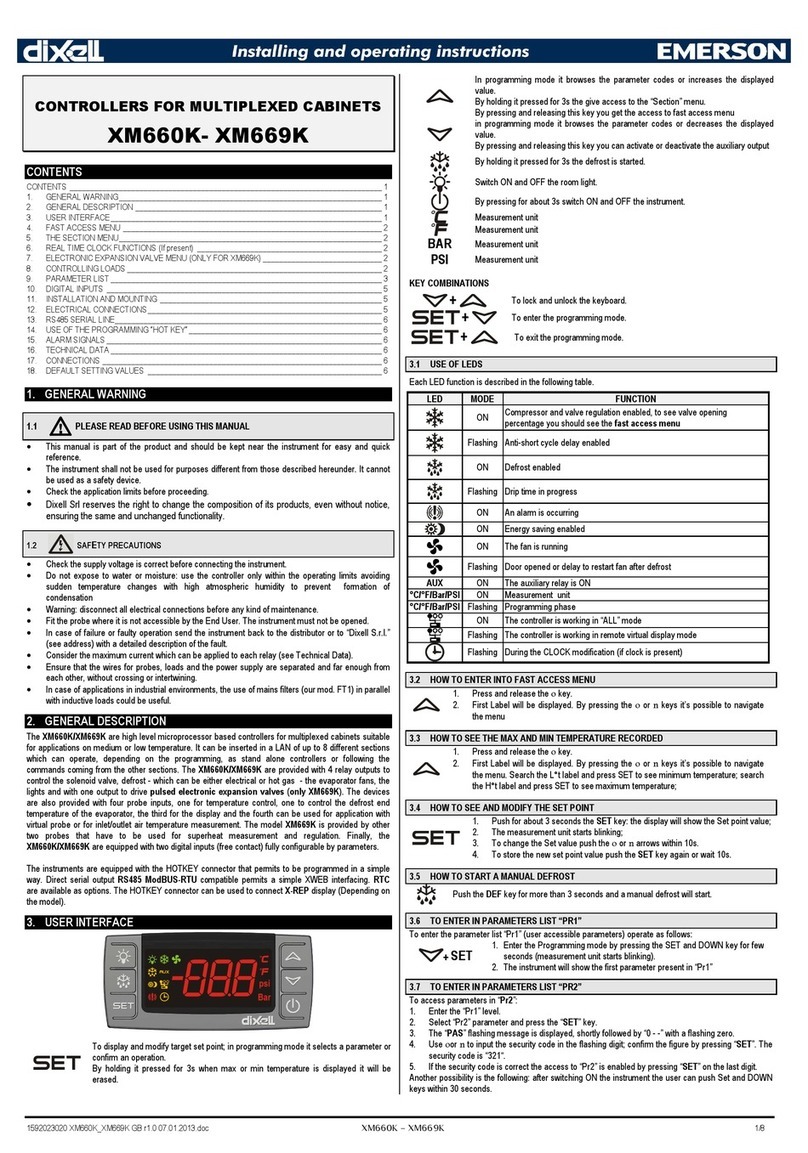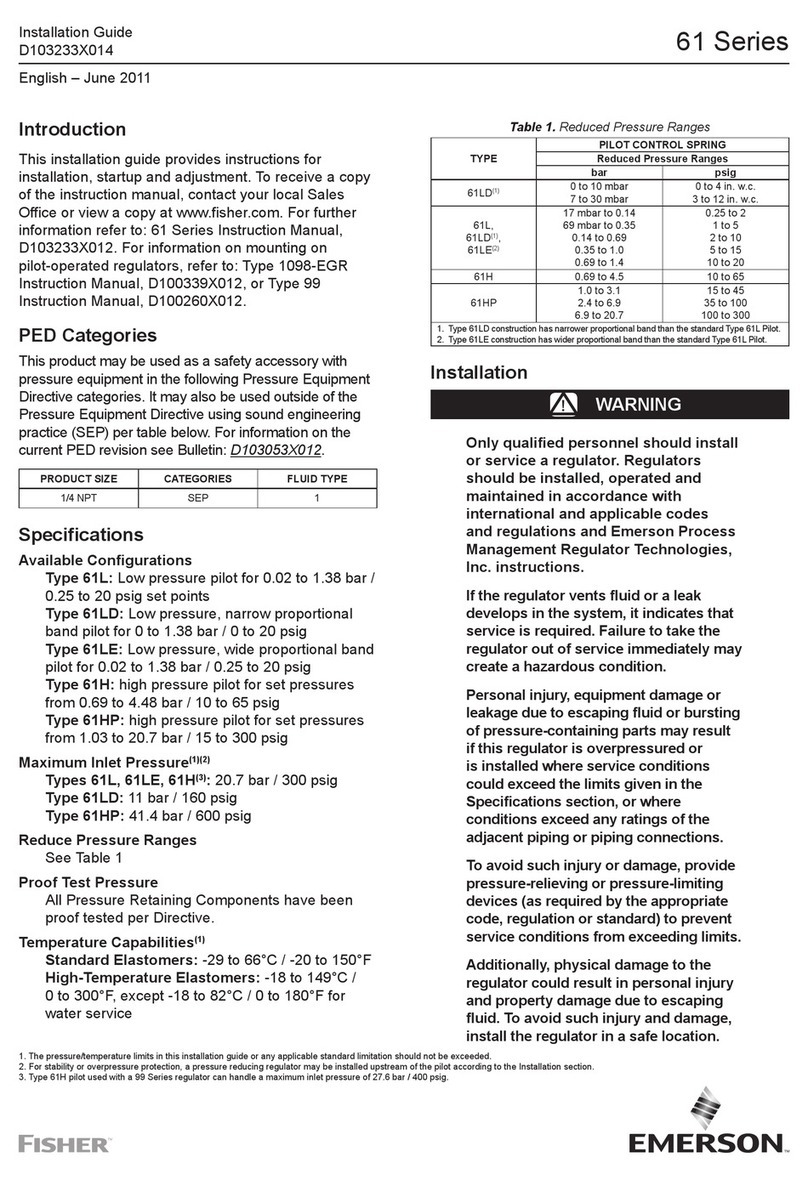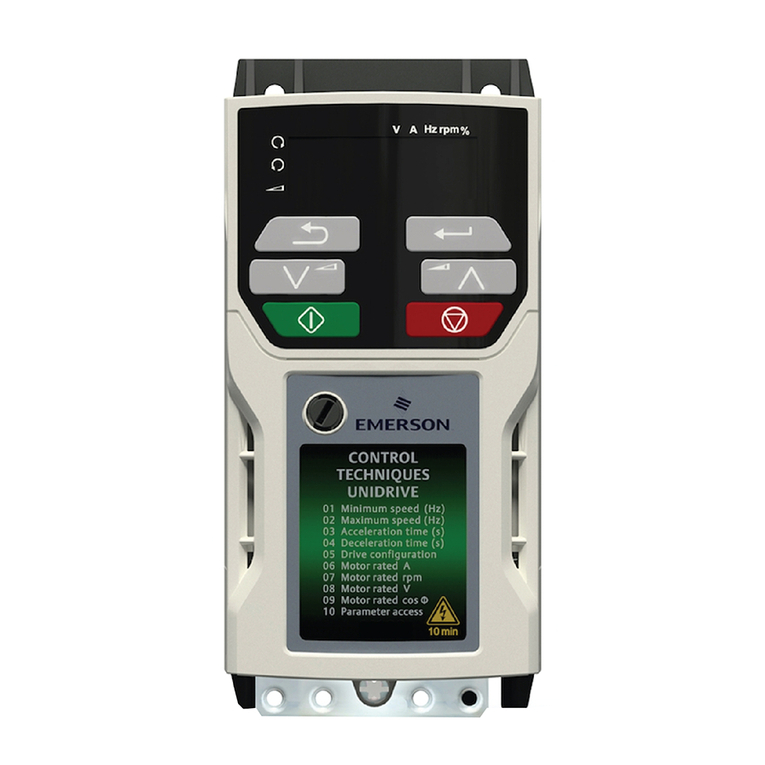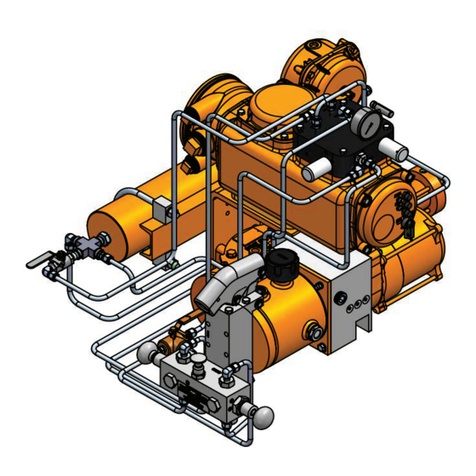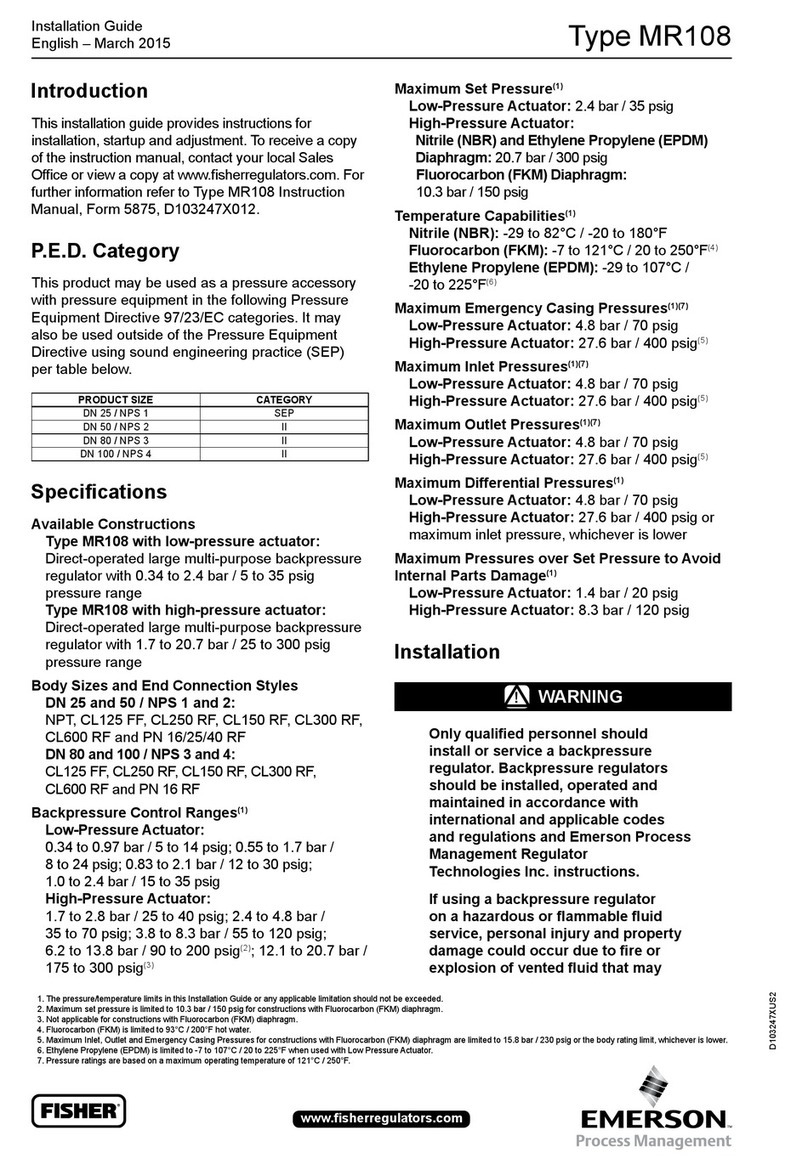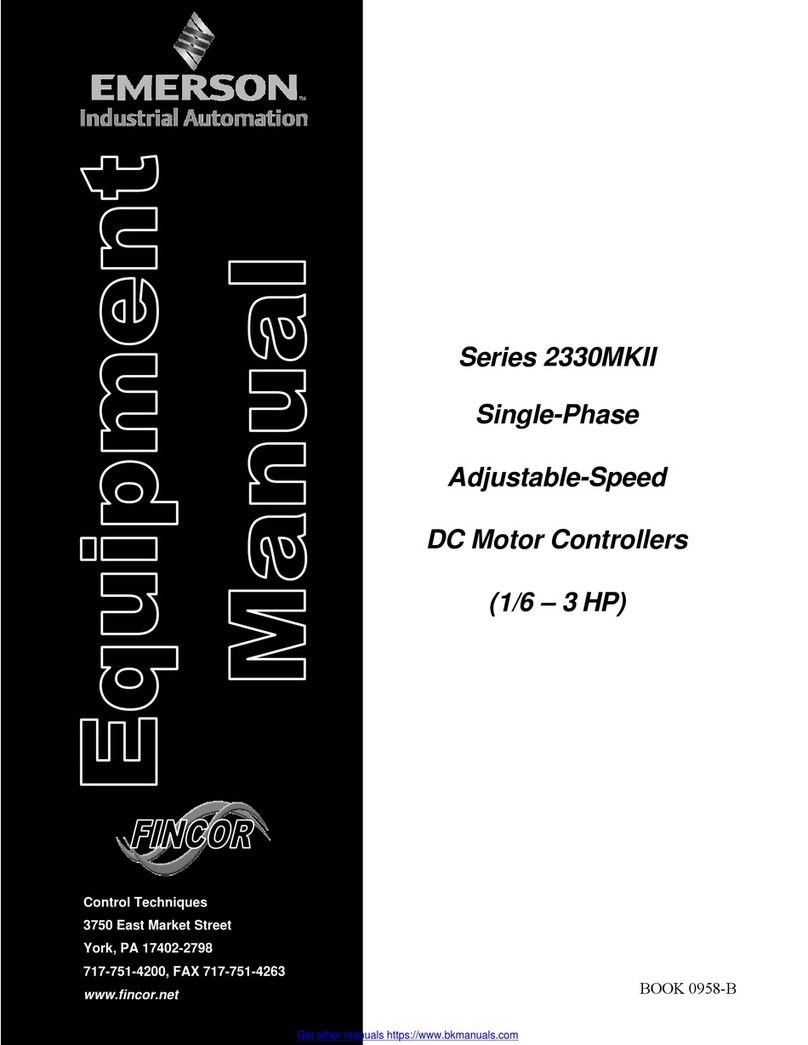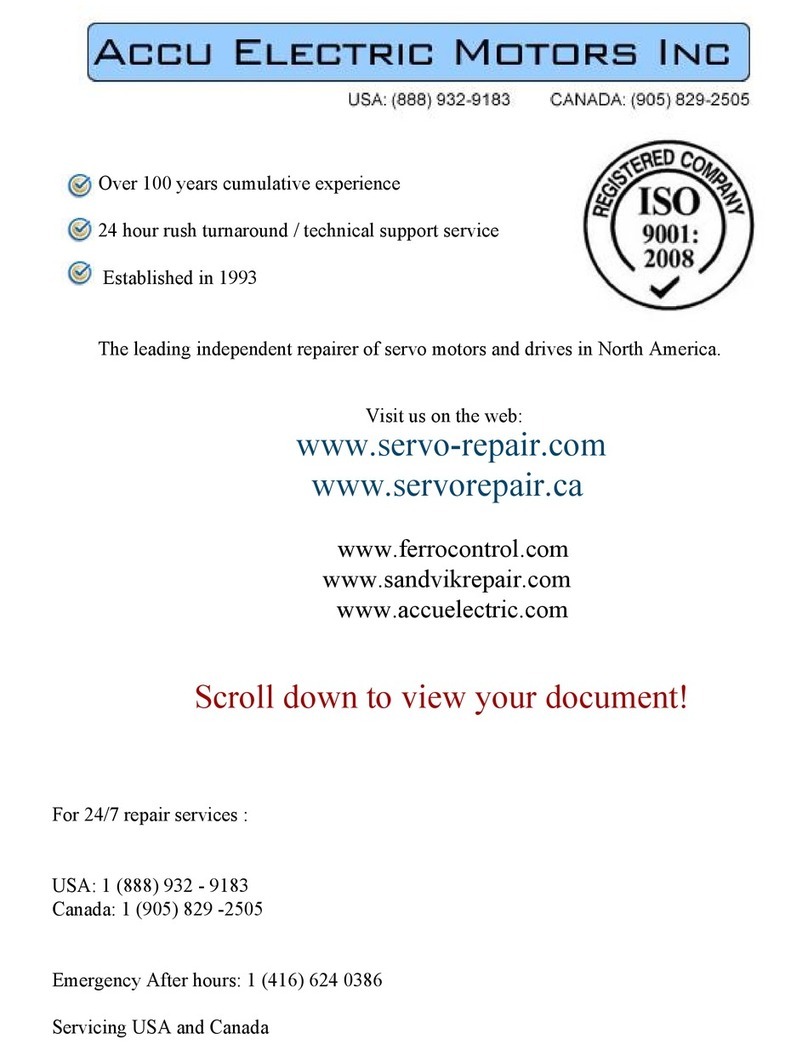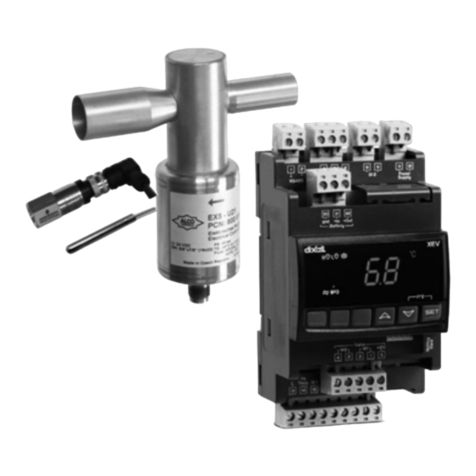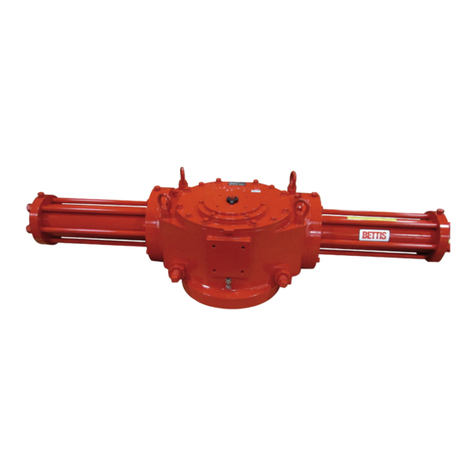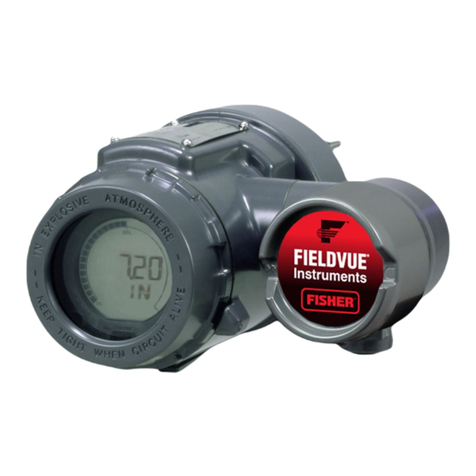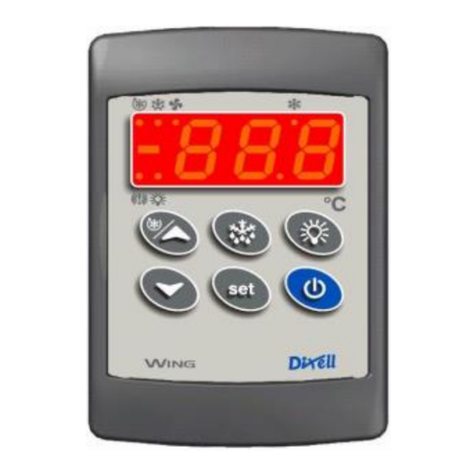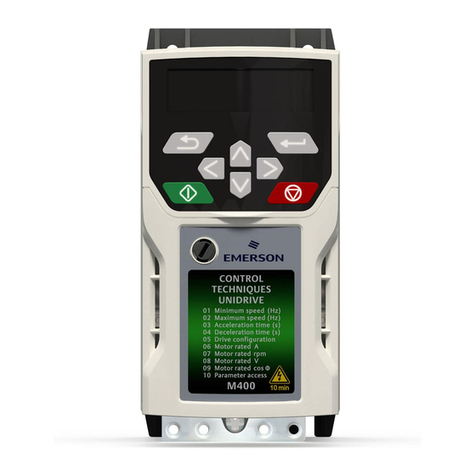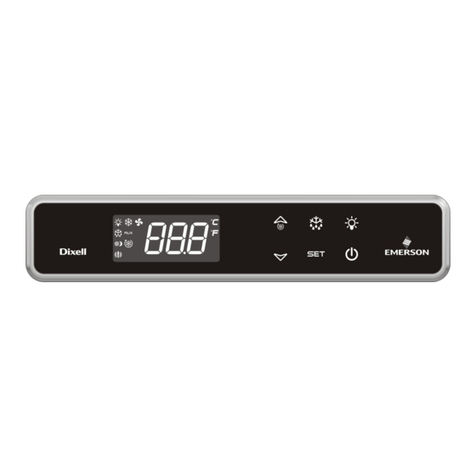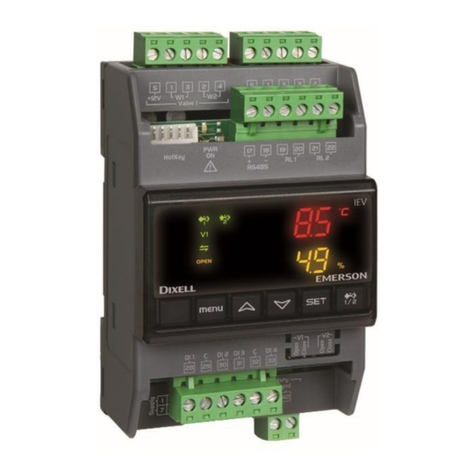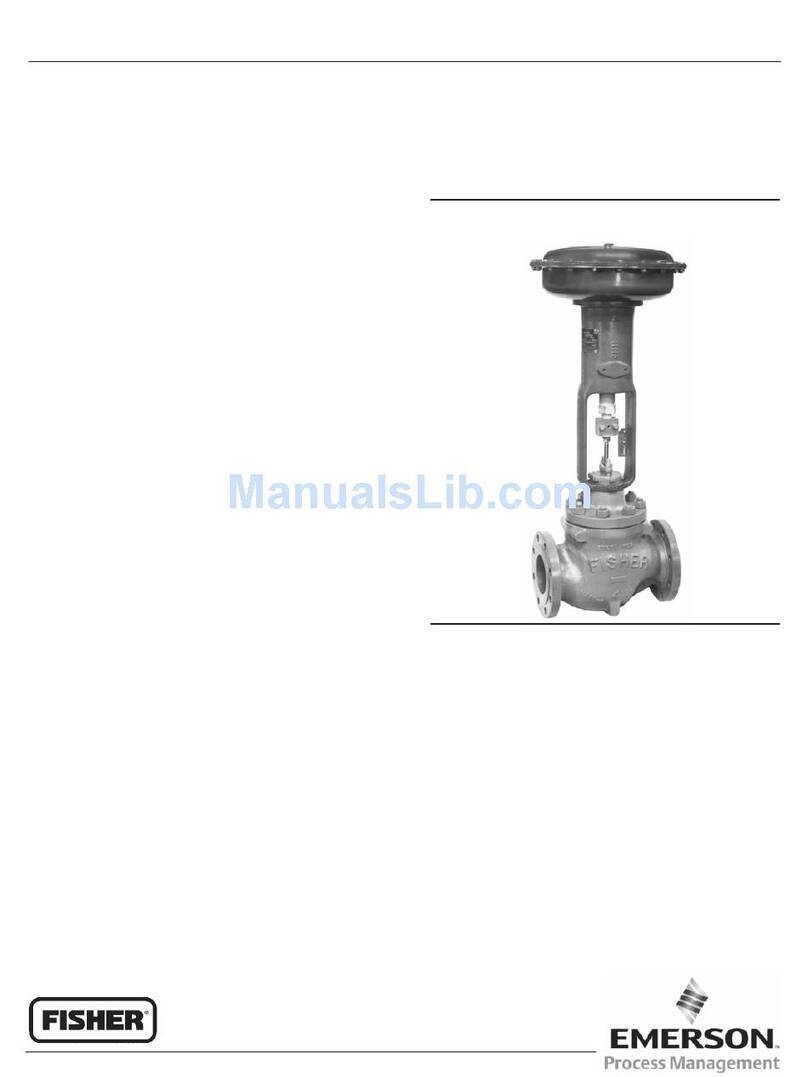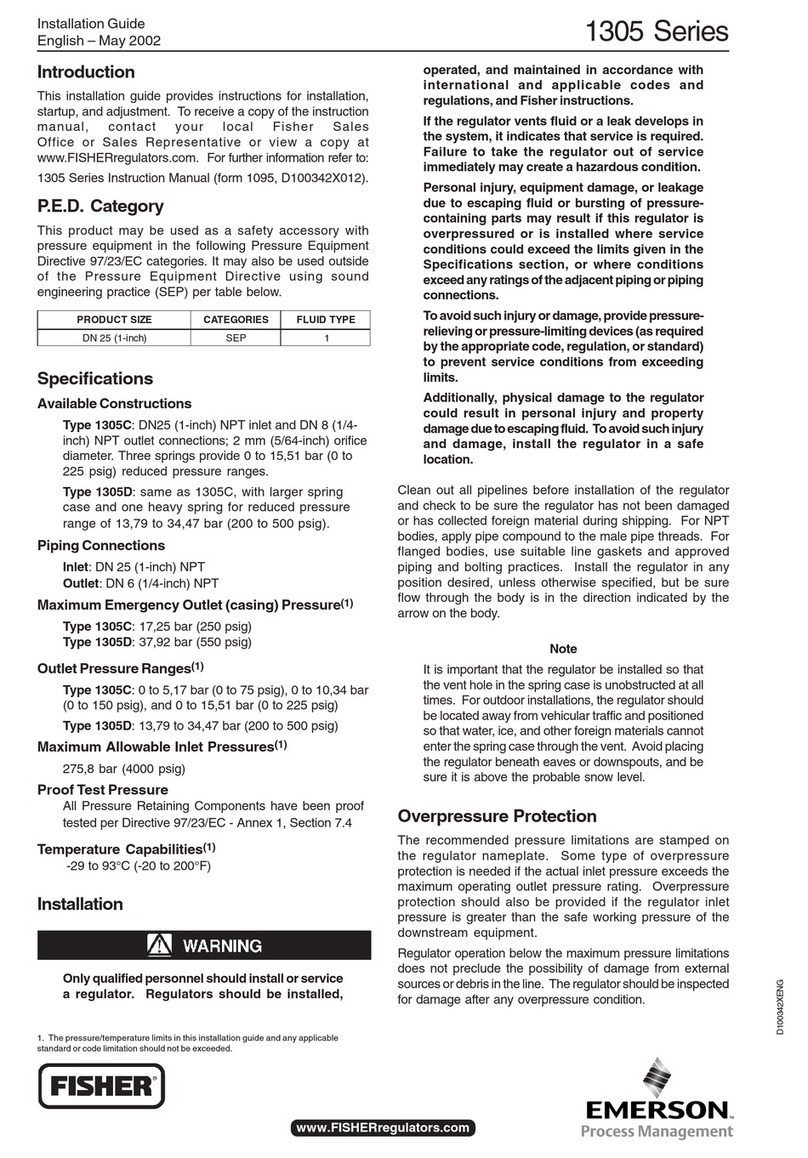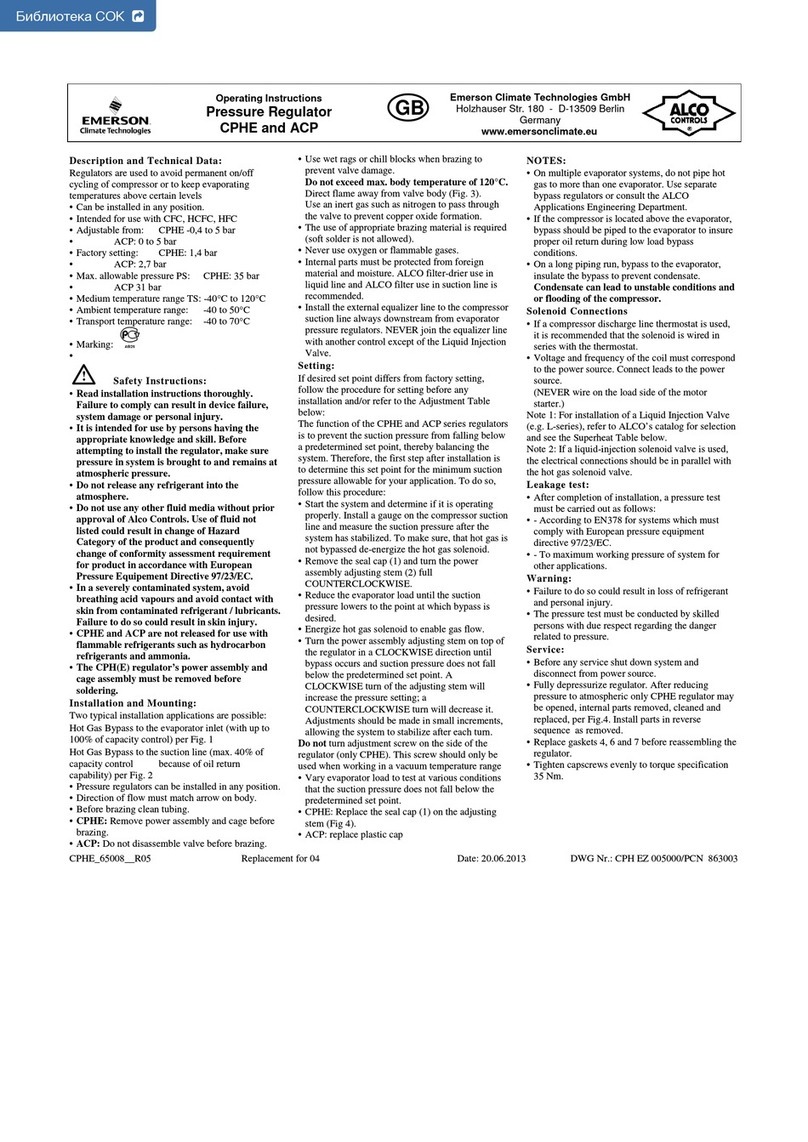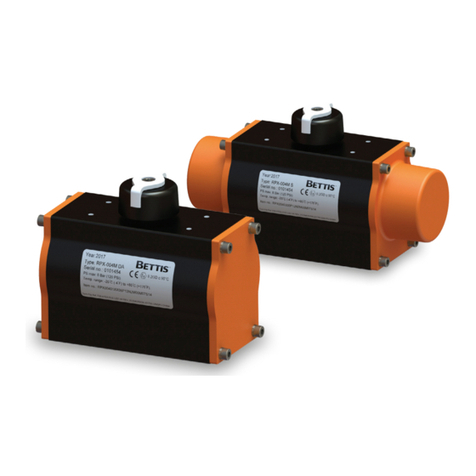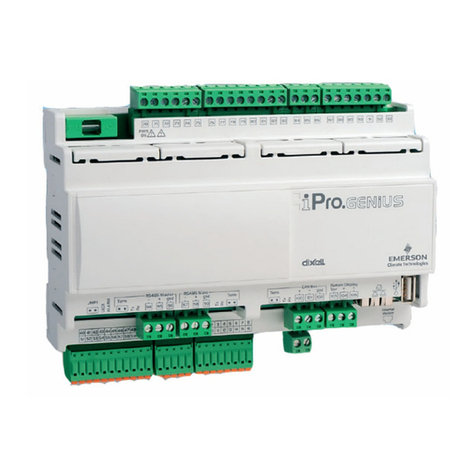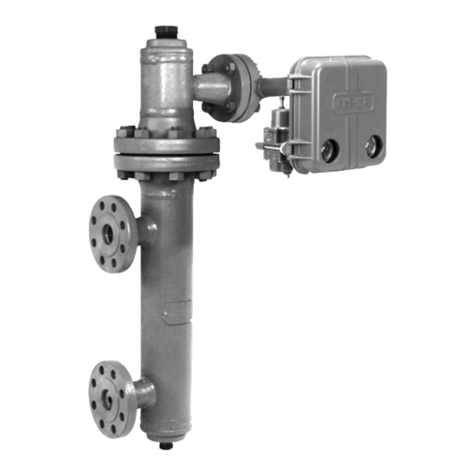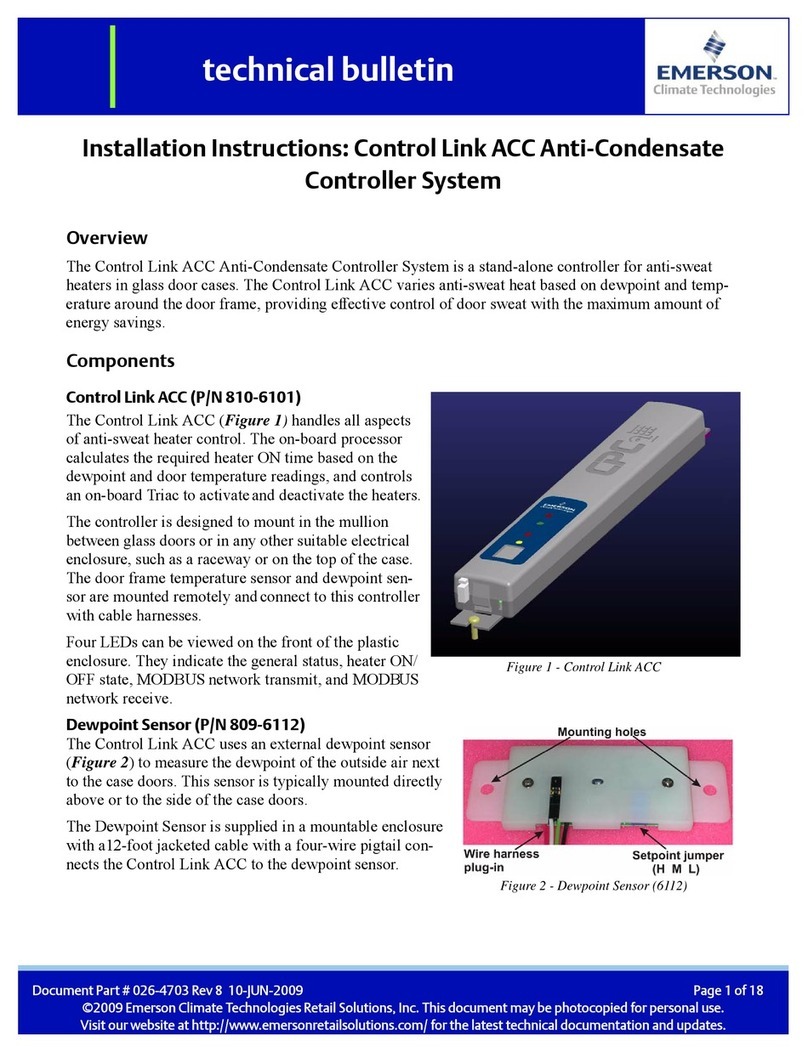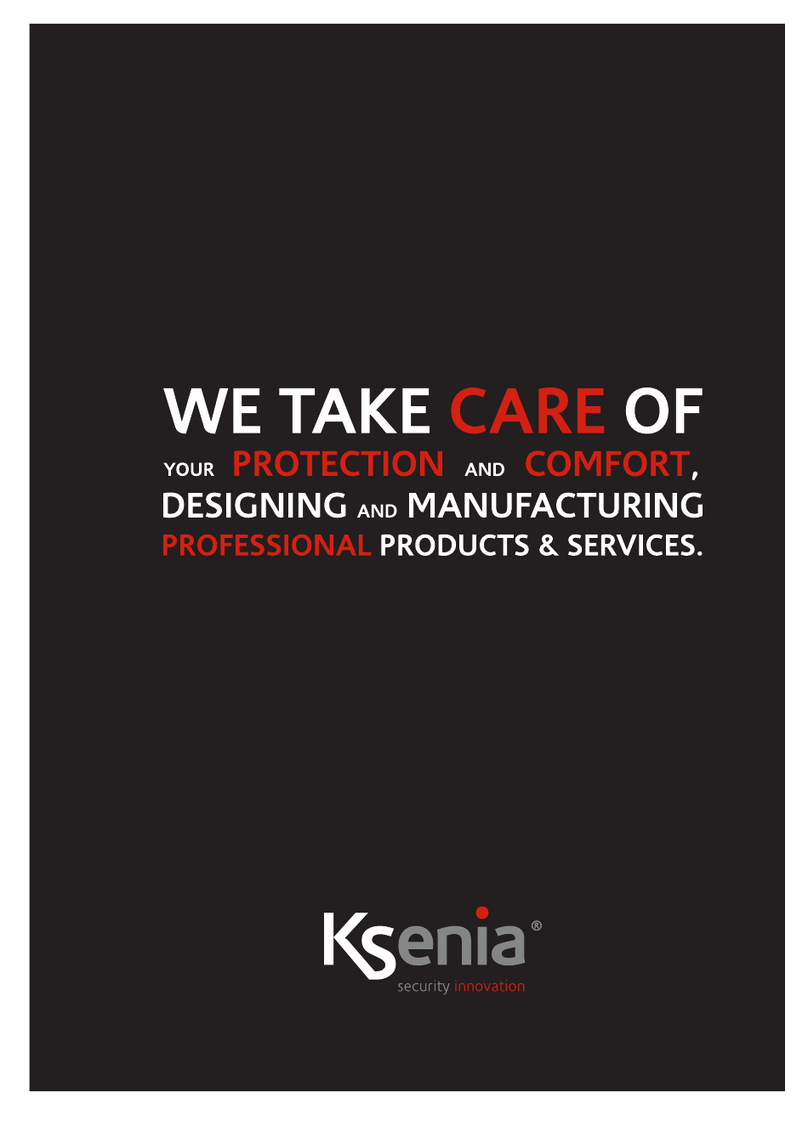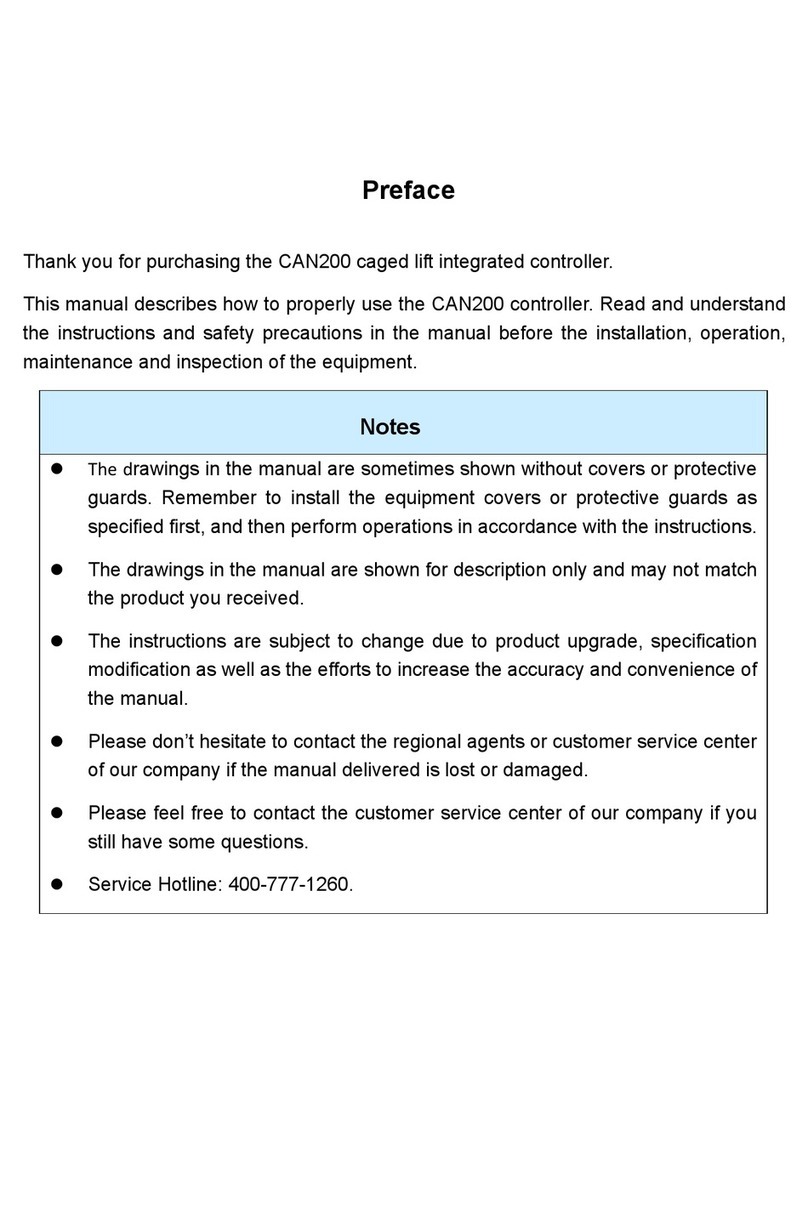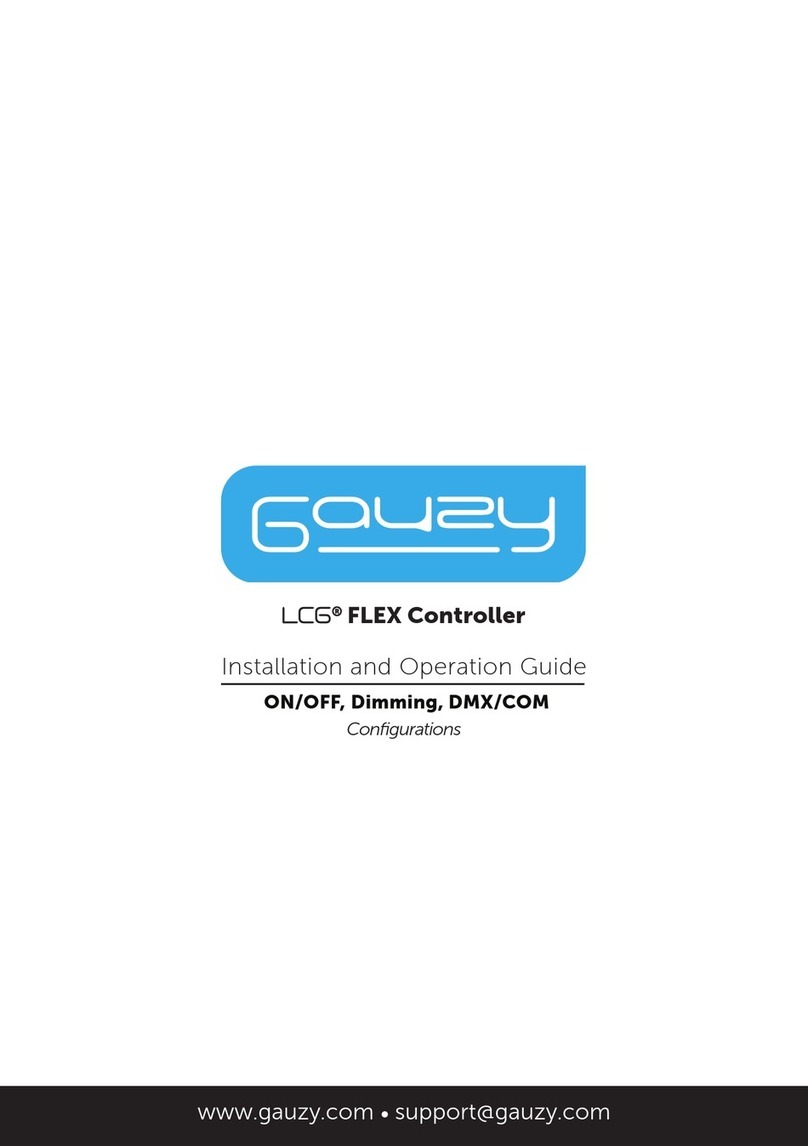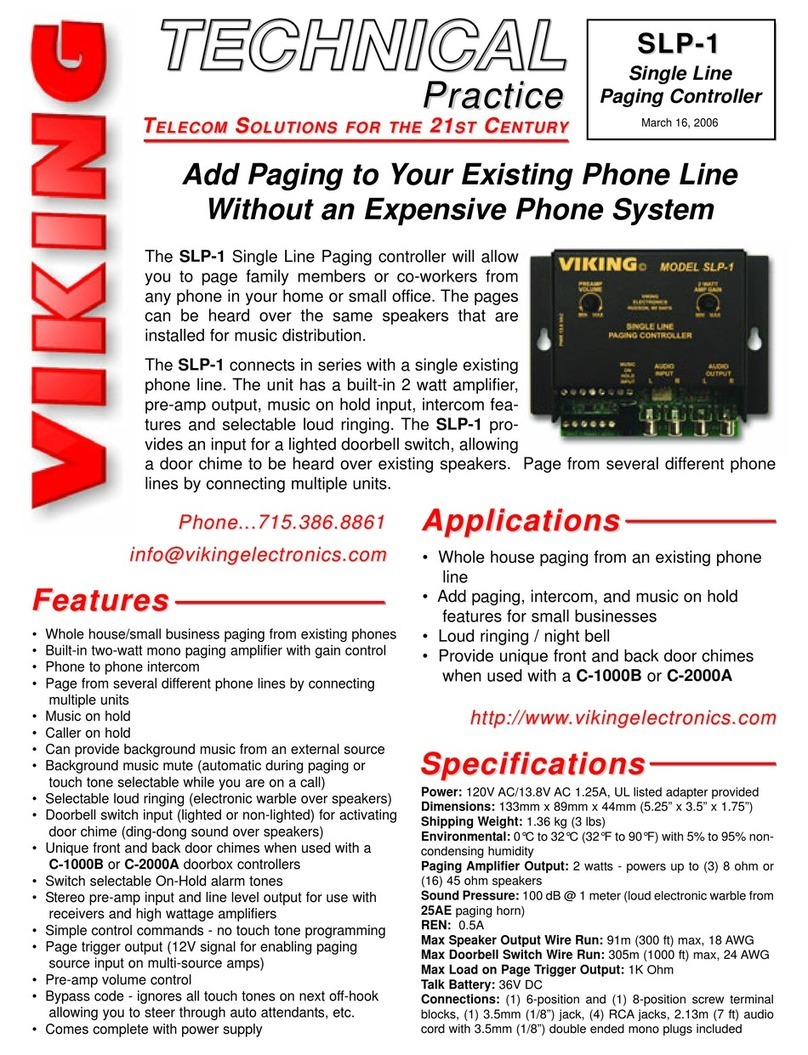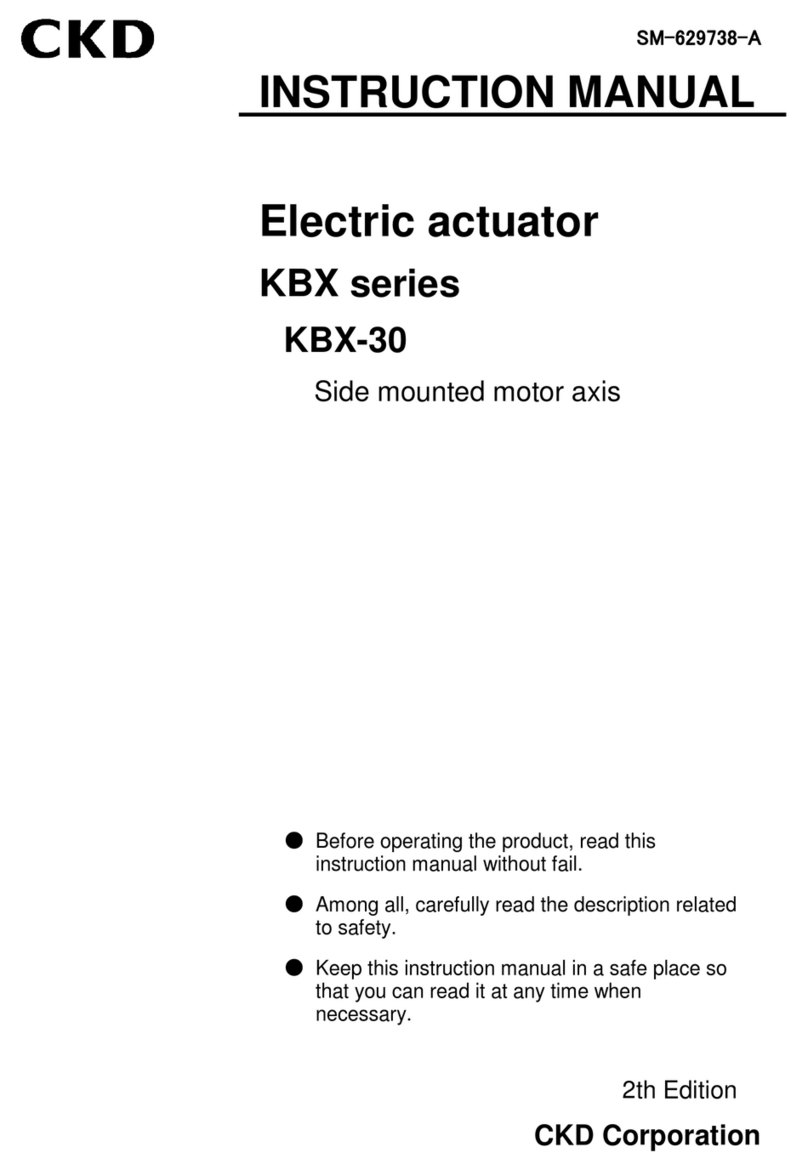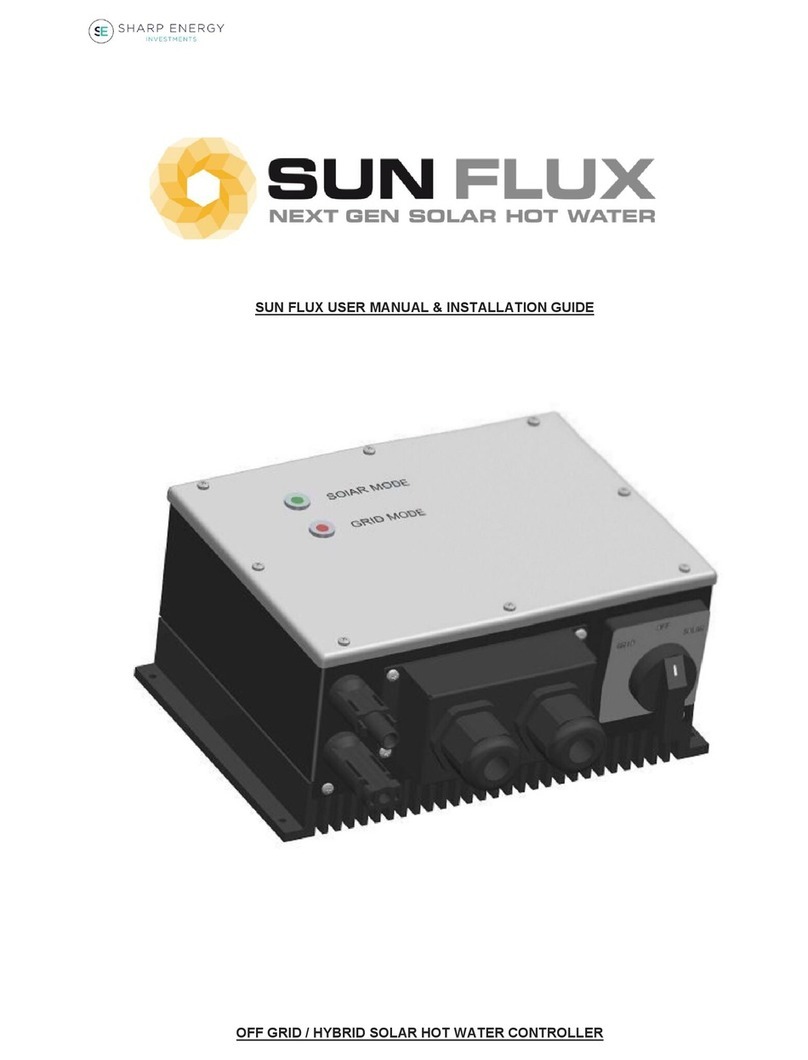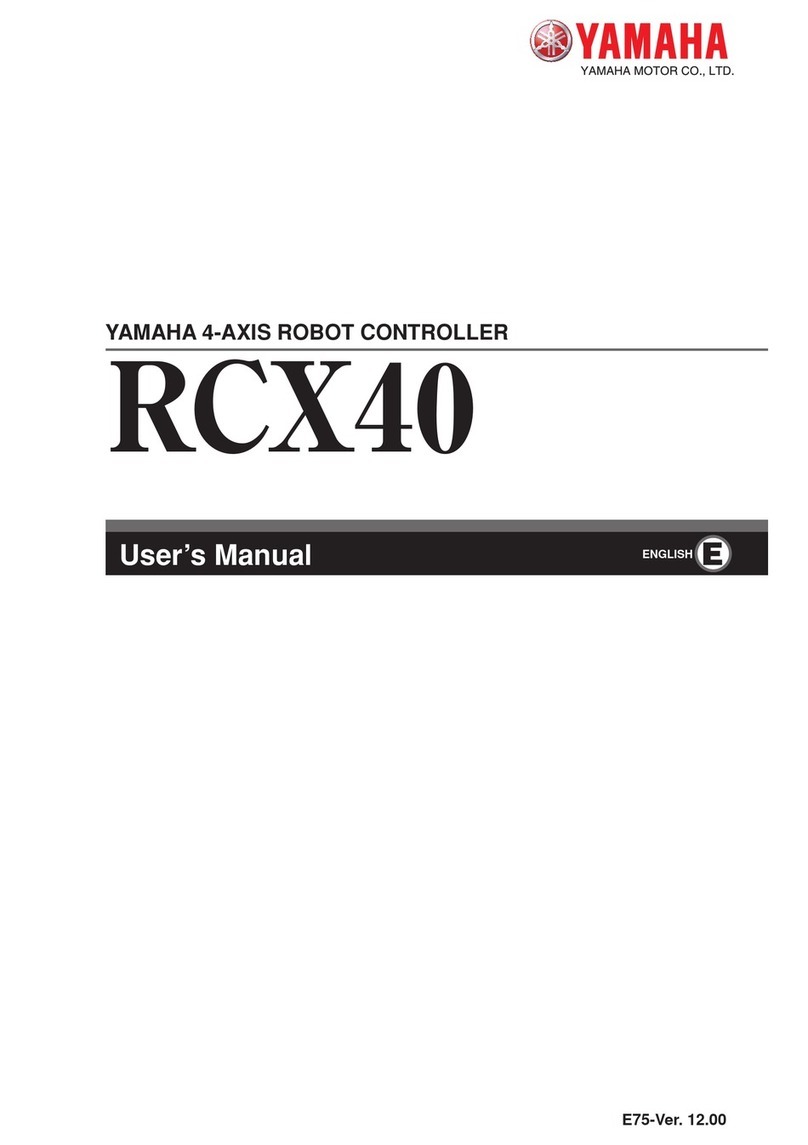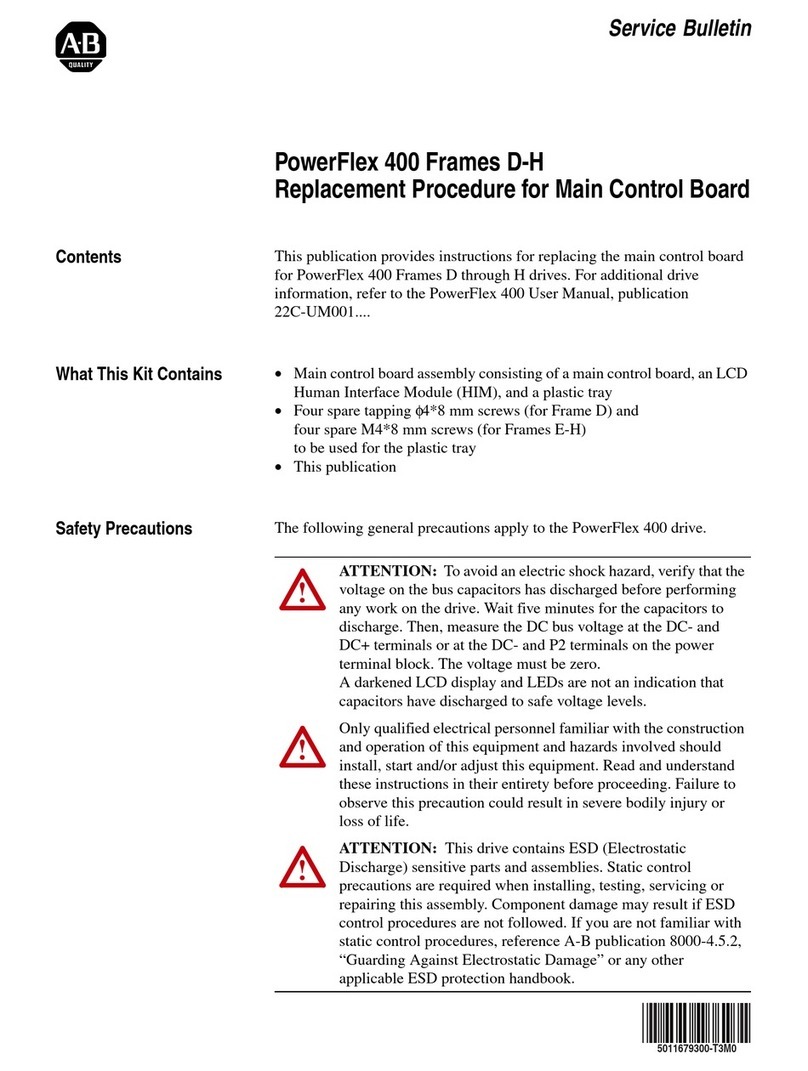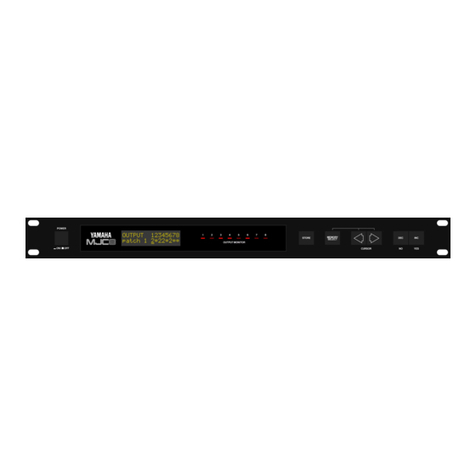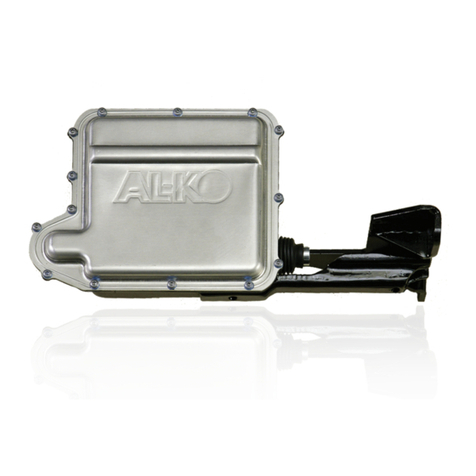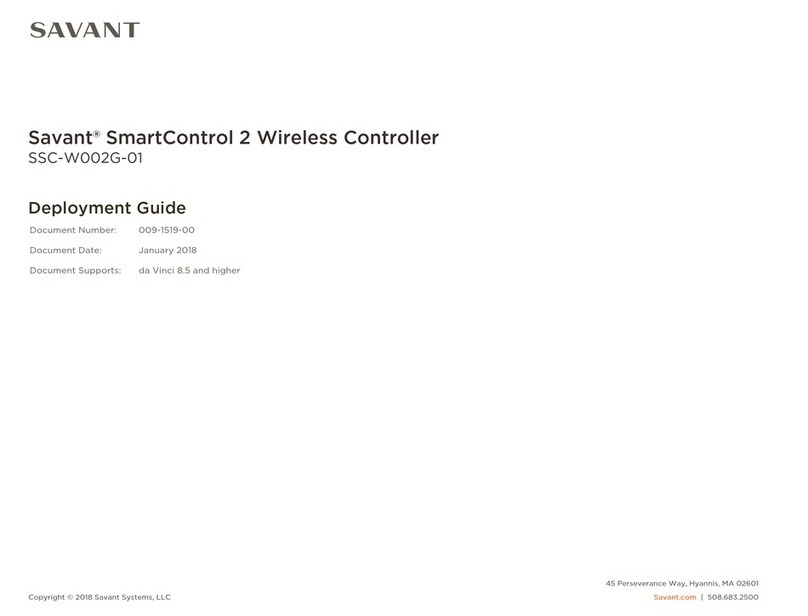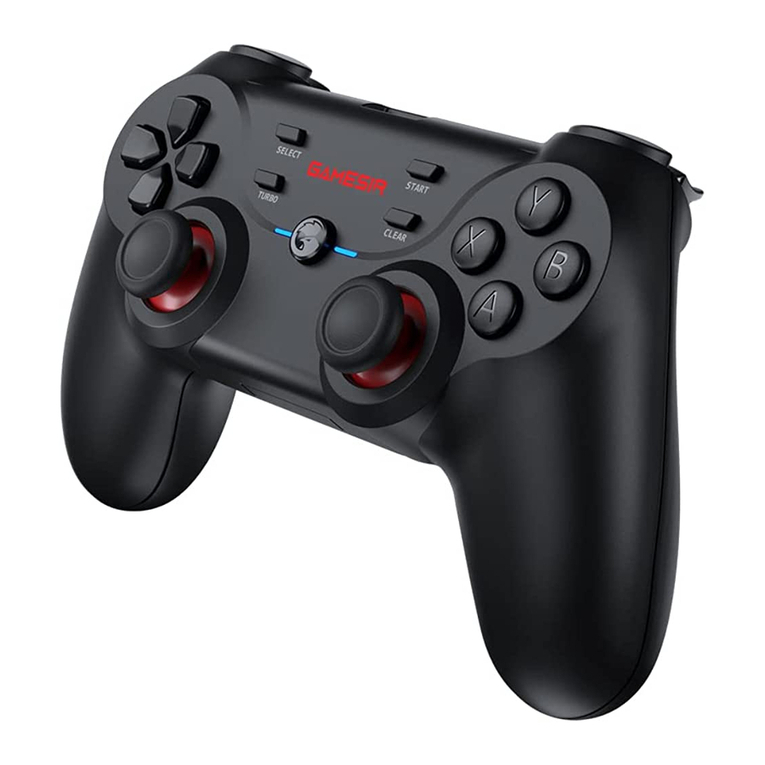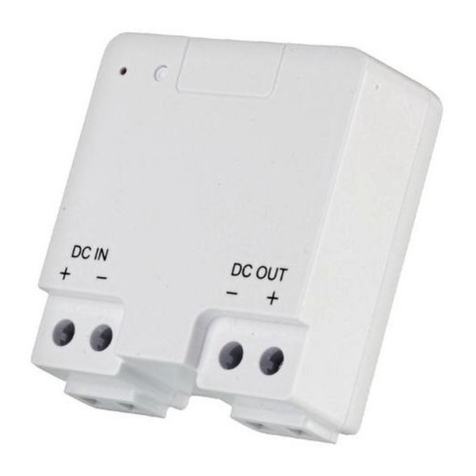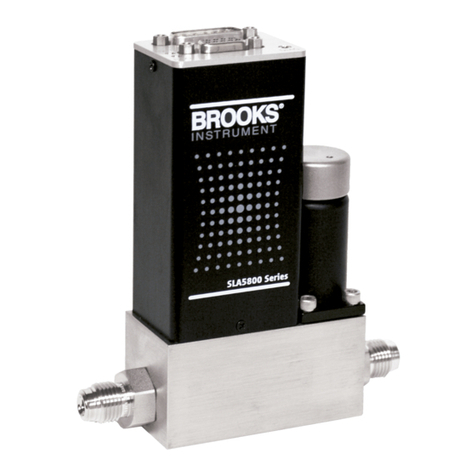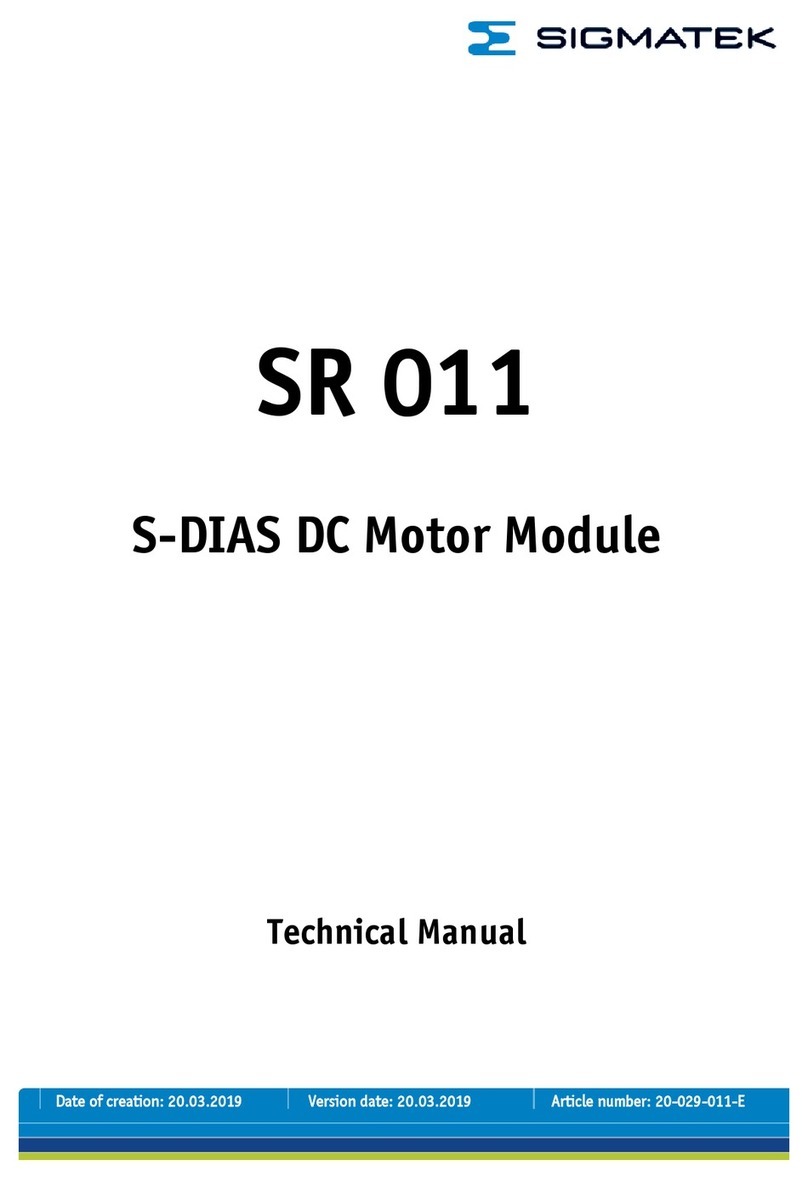
Introduction
This installation guide provides instructions for installation,
startup and adjustment. To receive a copy of the instruction
manual, contact your local Sales Office or view a copy at
www.fisher.com. For further information refer to: 289 Series
Instruction Manual, D100280X012.
PED Category
This product may be used as a pressure accessory with
pressure equipment in the following Pressure Equipment
Directive categories. It may also be used outside of the
Pressure Equipment Directive using sound engineering
practice (SEP) per table below. For information on the
current PED revision see Bulletin: D103053X012.
TYPE SIZE CATEGORY
DN NPS
289A - - - - 1/4 SEP
289H 25 1 SEP
50 2 I
289HH 25 1 SEP
289L 20 and 25 3/4 and 1 SEP
289P 25 1 SEP
289U - - - - 1/4 SEP
Specifications
Available Configurations
See Table 1
Body Sizes and Inlet Connections
Type 289L: 3/4 or 1 NPT
Types 289A and 289U: 1/4 NPT
Type 289H: 1 or 2 NPT
Type 289HH: 1 NPT
Maximum Allowable Relief (Inlet) Pressure(1) and
Maximum Relief Set Pressure
See Table 1
Proof Test Pressure
All Pressure Retaining Components have been proof
tested per Directive.
Pressure Setting Adjustment
Adjusting screw
Material Temperature Capabilities(1)
Nitrile (NBR) and Neoprene (CR) Elastomers:
-29 to 66°C / -20 to 150°F
Fluorocarbon (FKM)(2):-7 to 149°C / 20 to 300°F;
available with Types 289H and 289HH only
Installation
!
WARNING
Only qualified personnel should install
or service a backpressure regulator.
Backpressure regulators should be
installed, operated and maintained
in accordance with international and
applicable codes and regulations and
Emerson Process Management Regulator
Technologies, Inc. instructions.
If using a backpressure regulator on a
hazardous or flammable fluid service,
personal injury and property damage could
occur due to fire or explosion of vented
fluid that may have accumulated. To prevent
such injury or damage, provide piping or
tubing to vent the fluid to a safe,
well-ventilated area or containment vessel.
Also, when venting a hazardous fluid,
the piping or tubing should be located
far enough away from any buildings or
windows so to not create a further hazard,
and the vent opening should be protected
against anything that could clog it.
Personal injury, equipment damage, or
leakage due to escaping fluid or bursting of
pressure-containing parts may result if this
backpressure regulator is overpressured
or is installed where service conditions
could exceed the limits given in the
Specifications section, or where conditions
exceed any ratings of the adjacent piping
or piping connections.
To avoid such injury or damage, provide
pressure-relieving or pressure-limiting
devices (as required by the appropriate code,
regulation or standard) to prevent service
conditions from exceeding limits.
Additionally, physical damage to the
backpressure regulator could result in
personal injury and property damage due
to escaping fluid. To avoid such injury and
damage, install the backpressure regulator in
a safe location.
Clean out all pipelines before installation of the backpressure
regulator and check to be sure the backpressure regulator
has not been damaged or has collected foreign material
during shipping. For NPT bodies, apply pipe compound to
the external pipe threads. For flanged bodies, use suitable
line gaskets and approved piping and bolting practices.
Install the backpressure regulator in any position desired,
unless otherwise specified, but be sure flow through the
body is in the direction indicated by the arrow on the body.
1. The pressure/temperature limits in this installation guide and any applicable standard
or code limitation should not be exceeded.
2. Bubble-tight shutoff cannot be attained at settings below 0.34 bar / 5 psig with
Fluorocarbon (FKM) O-ring seat.
289 Series
Installation Guide
D100280X014
English – March 2017
